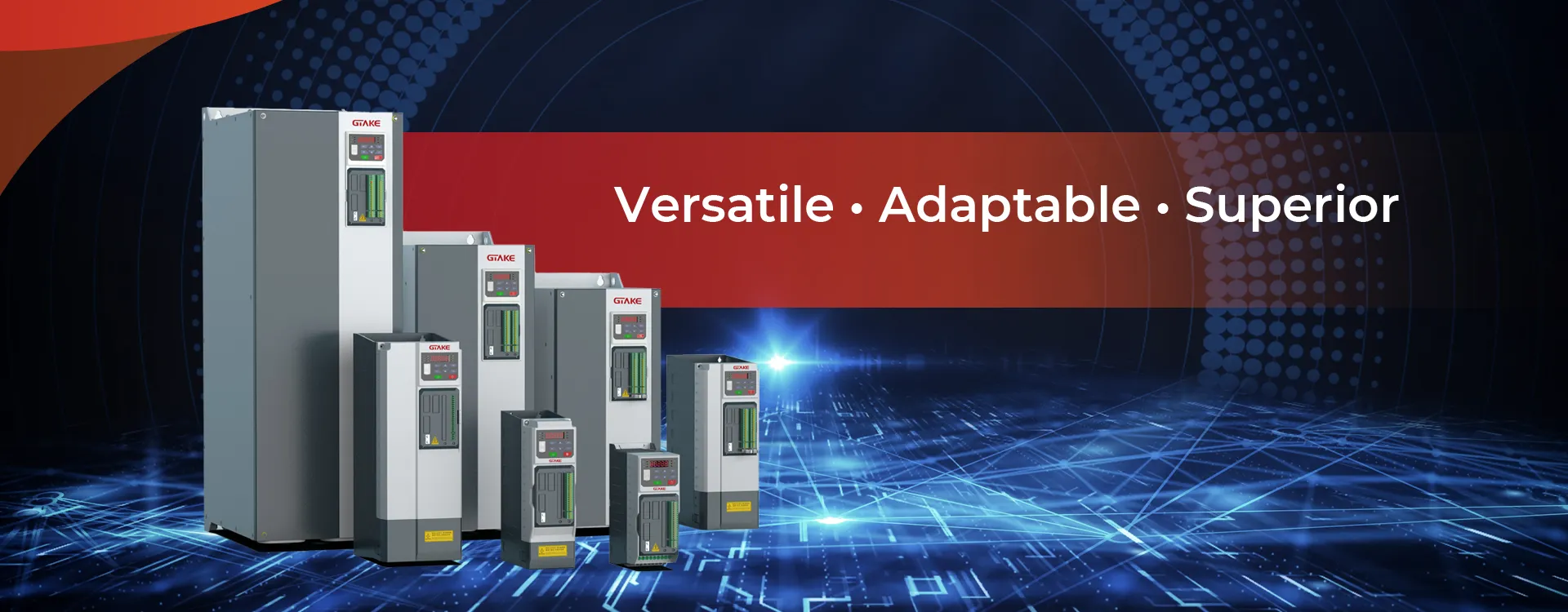Frequency Converter: Understanding Its Role in Power Conversion and Industrial Applications
A frequency converter is a vital electrical device used to modify the frequency of an alternating current (AC) power source. By converting AC power from one frequency to another, it plays a significant role in optimizing motor control, energy conversion, and stabilizing electrical systems. Commonly employed in industries like manufacturing, HVAC, renewable energy, and electric vehicles, frequency converters are designed to meet the specific requirements of various systems and applications.
This article explores what a frequency converter is, how it works, and why it’s essential in modern industries. We will also highlight the different types of frequency converters and their uses across diverse applications.
What Is a Frequency Converter?
A frequency converter, also referred to as a frequency inverter or AC drive, is an electronic device that adjusts the frequency of the input alternating current (AC) to a desired output frequency. This conversion enables the precise control of motors, pumps, and other machinery that rely on AC power.
The primary purpose of a frequency converter is to manage motor speed, adjust energy consumption, and facilitate optimal power usage in systems that require specific operating speeds or torque. Frequency converters are crucial in ensuring that motors and machines perform efficiently under various load conditions.
How Does a Frequency Converter Work?
A frequency converter typically works by using power electronics to convert the incoming AC power (typically 50 or 60 Hz, depending on the region) into a DC (direct current) form. This DC power is then inverted into an AC output with the desired frequency (typically anywhere from 0 to several hundred Hz). The ability to adjust the output frequency enables the control of the speed and torque of the connected motor.
- AC to DC Conversion: The input AC power is rectified (converted to DC) using diodes or thyristors.
- DC to AC Conversion: The DC power is then fed to an inverter, where power transistors (e.g., IGBTs) generate the desired AC output at the specified frequency and voltage.
By controlling the frequency, the frequency converter regulates the speed of the motor and optimizes energy consumption based on the operational demands of the application.
Types of Frequency Converters
Frequency converters come in various designs and configurations based on the complexity of the application. Here are the key types:
- Static Frequency Converter (SFC)
The Static Frequency Converter (SFC) is commonly used in high-performance applications like power plants, large industrial motors, and rail systems. It provides stable and efficient frequency conversion and is typically used in situations where precision and reliability are essential.
- Rotary Frequency Converter
A rotary frequency converter uses a mechanical rotating motor to achieve the conversion. These converters are often used for applications requiring high power, such as in industrial machinery, and are noted for their ability to handle higher power levels than static converters.
- Cycloconverter
A cycloconverter directly converts input power to the required output frequency, typically used in applications with high power demand, such as large motors in mining, steel mills, and industrial processing plants. This type of converter is often used in low-speed applications where the frequency needs to be reduced.
- Inverter-Based Frequency Converter
The most common type of frequency converter is the inverter-based system, which uses semiconductor-based inverters to perform the conversion. These devices are widely used for motor control in a variety of industries, such as HVAC, renewable energy, and industrial automation.
Applications of Frequency Converters
Frequency converters are utilized in numerous industries where precise motor control, energy optimization, and frequency management are critical. Here are some of the most common applications:
- Industrial Automation
In manufacturing and industrial automation, frequency converters are used to control the speed of motors that drive conveyor belts, machinery, pumps, and fans. By adjusting the speed of motors, converters enhance the efficiency and precision of automated processes.
- HVAC Systems
Frequency converters help regulate the speed of fans and pumps in heating, ventilation, and air conditioning (HVAC) systems. This allows for better control over airflow, reducing energy consumption and optimizing climate control.
- Renewable Energy
In renewable energy applications, frequency converters play a crucial role in converting power from wind turbines and solar panels into usable AC power. These converters help integrate renewable energy sources into the grid, ensuring that the frequency and voltage are stable and consistent.
- Electric Vehicles (EV)
Frequency converters are also essential in electric vehicles (EVs), where they control the speed and power of the electric motor. By adjusting the frequency, EV controllers ensure optimal motor performance, maximizing efficiency and energy usage.
- Pumping Stations
In water and wastewater treatment plants, frequency converters are used to control pump speeds, allowing for more precise control over water flow rates and reducing energy consumption.
- Power Generation
Frequency converters are used in power generation plants to convert the electrical frequency for specific applications, such as turbine or generator control. They ensure that the generated power meets the frequency requirements of the grid or other end-users.
Key Benefits of Using a Frequency Converter
- Energy Efficiency
One of the primary advantages of using a frequency converter is energy savings. By adjusting motor speed according to real-time demand, frequency converters ensure that motors consume only the amount of power they need to perform a task, thus reducing overall energy consumption.
- Cost Savings
By optimizing motor control, frequency converters can reduce operational costs associated with energy consumption, maintenance, and downtime. This makes them a cost-effective solution for many industries.
- Improved Motor Performance
Frequency converters provide precise control over motor speed, improving the accuracy and efficiency of industrial processes. This control enhances the performance of motors, ensuring that they operate at optimal conditions without overloading or overheating.
- Extended Equipment Lifespan
By reducing the mechanical stress on motors and other equipment, frequency converters contribute to the longevity of machinery. Soft-starting capabilities prevent sudden torque spikes, which can extend the lifespan of motors and reduce the frequency of maintenance.
- Reduced Noise and Vibration
With the ability to gradually adjust motor speed, frequency converters minimize the mechanical stress that causes vibration and noise. This can lead to quieter and smoother operation in applications like HVAC and industrial equipment.
Choosing the Right Frequency Converter
When selecting a frequency converter, several factors need to be considered to ensure compatibility with your application:
- Power Rating: Ensure that the frequency converter’s power rating matches the power requirements of your motor or system.
- Voltage and Frequency: The input and output voltage and frequency must be compatible with the needs of your electrical system.
- Control Features: Look for frequency converters with features like PID control, soft start, and variable speed control for enhanced performance.
- Reliability and Efficiency: Choose a converter from a reputable manufacturer with a focus on energy efficiency and durability to minimize operational costs and downtime.
Conclusion
A frequency converter is an essential device in modern industries, enabling efficient motor control, optimizing energy consumption, and ensuring stable power conversion. Whether used in industrial automation, HVAC systems, renewable energy applications, or electric vehicles, frequency converters provide essential functionality across diverse sectors.
By understanding the role, types, and benefits of frequency converters, you can make informed decisions when selecting the right converter for your application, ultimately improving the efficiency, reliability, and performance of your electrical systems.

